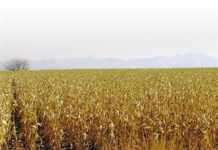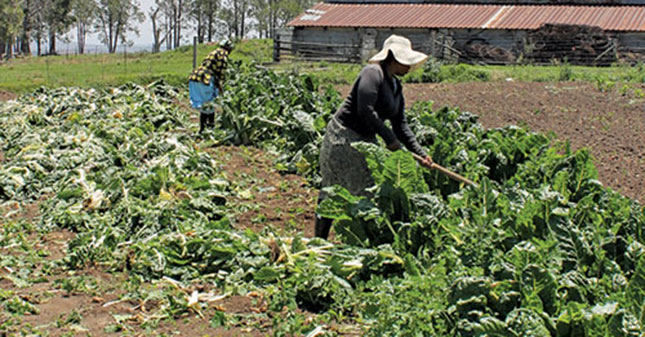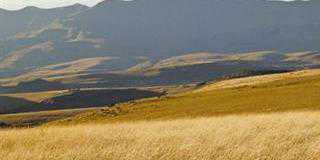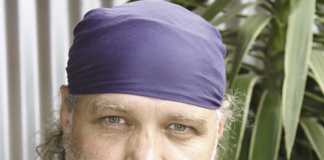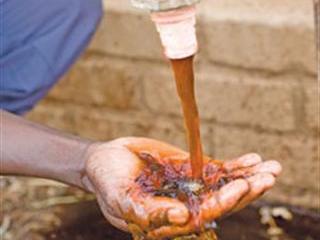
Let’s start with an overview of Woolworths’ Good Business Journey. What is it?
In 2007, we consolidated all our sustainability efforts under one programme, the Good Business Journey. On reviewing the past five years, we have identified six key areas that we need to focus on to achieve greater sustainability: sustainable farming, protecting water supply, reducing energy use, improving the management of waste, making a significant contribution to social development, and supporting transformation initiatives.
Does your sustainability programme give you a competitive advantage over other retailers?
Sustainability is an important issue for our customers and it helps us differentiate ourselves from our competitors and build our brand. Some of our retail counterparts are also moving in this space, but we want to remain the market leader.
Why the interest in sustainable farming?
We source over 95% of our food from within South Africa. If we want to continue selling the products we do, we have to ensure the agricultural supply chain is efficient, resilient and sustainable. We have put some big programmes in place like Farming for the Future (FFTF) to drive an holistic approach. This sees farmers producing quality food, while protecting the environment and reducing dependence on chemical fertilisers, herbicides, and pesticides. The programme challenges our farmers to focus on building soil health for optimal plant growth and production.

Justin Smith
How many suppliers are on the FFTF programme?
The majority of our fresh produce and horticulture suppliers, as well as some wine producers (but excluding organic producers and seasonal imports), have shifted from conventional farming to FFTF. Based on the FFTF success, we are trying to roll it out to dairy and beef farmers. A key issue for Woolworths’ customers is animal welfare so we are incorporating this into the programme for dairy and meat.
Does it cost farmers more to produce food under the FFTF programme?
A key part of getting buy-in from farmers was that Woolworths pays for the audit. There is no major cost for the farmers; in fact they have seen a reduction in inputs and related costs.
Do farmers receive higher prices for food produced under the FFTF label?
There is no premium – it is offered at the same cost as conventional products. The benefit to farmers relates back to cost savings associated with water and chemical reductions.
What are these cost savings?
A recent audit of our 15 largest fruit and vegetable growers, who supply some 37% of Woolies fresh produce on about 45 000ha, shows that they have seen an average 20% reduction in the use of synthetic fertilisers, and a 50% decline in pesticide and herbicide usage. They have also noted an increase in biodiversity and are using about 34% more compost than before. One of the most impressive results is a 3% increase in soil carbon. Farmers have also found innovative ways of recycling, resulting in a 32% increase in recycling and a 13% decrease in solid waste material going to landfills. A further benefit has been an 18% reduction in fossil fuel use.
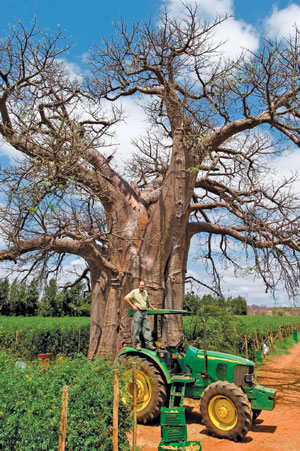
Woolworths fresh produce supplier Flip Nel on his farm in Limpopo. Photos courtesy of Woolworths
What about water savings?
The audit shows these farmers have experienced a 16% drop in water usage and have saved 720,9 million cubic metres of water over the past three years. That’s about double the capacity of the Grootdraai Dam in the Vaal River system. Although we have had optimal rain, the drop in water usage is to some extent a result of optimising irrigation and upgrading old systems.
Are FFTF certification requirements applied equally to commercial and small-scale farmers?
The model works well whether commercial or small-scale, because it relies on a reduction in inputs. FFTF is a consultative audit and gives almost immediate feedback. It has helped to develop farmers and has brought the environmental and transformation side together.
How do you control the methods farmers use to grow food that you buy off fresh produce markets?
We tend not to buy at commodity level. We have a big focus on traceability.
You recently collaborated with the World Wide Fund for Nature (WWF) and The Green House in a study on the carbon footprint of milk, to determine the carbon footprint hotspots along the supply chain. What were the main findings?
Unsurprisingly, 60% of the production carbon footprint – and 99% of the water footprint – takes place on the dairy farm. Depending on the farm and the area, it takes 500l to 1 000l of water to make 1l of milk. The dairy farm accounts for about 35% of greenhouse gas emissions. If maize for feed is grown off-site, the carbon footprint of the farm is pushed up to 52%. Methane emissions from cows account for 30% of all emissions. Milk processing, retail and consumers contribute between 12% and 15% each to production carbon emissions. Packaging contributes about 5% to the carbon footprint with distribution being the smallest contributor to emissions at 2,5%. The dairy farm impacts will be our key focus going forward.
The Good Business Journey aims to have a sustainable attribute in 50% of all Woolworths products by 2015. What are some of the challenges?
One of the big challenges in clothing is the premium for organic cotton, which made it challenging to produce at competitive prices when consumers were feeling the pinch. As a result, we did not meet our target of using more organic cotton in our clothing products. If we want to support sustainability, it can’t be priced significantly out of line with what customers expect.
Contact Woolworths head office on 021 407 9111
Contact Woolworths head office on 021 407 9111.



